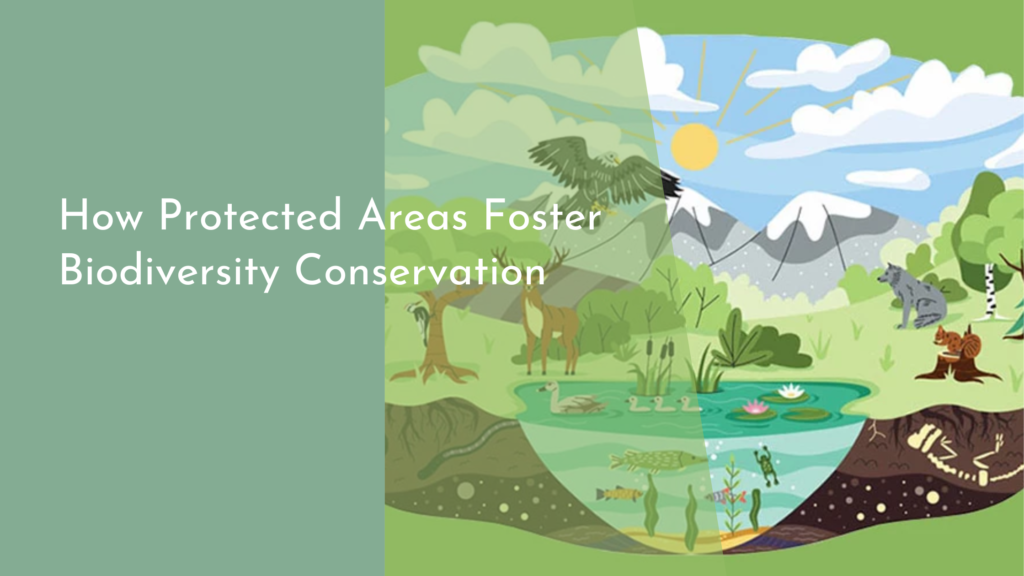Lessons from Indigenous Practices in Urban Forestry
Urban areas around the globe are increasingly recognizing the significance of green spaces in promoting ecological balance, enhancing mental well-being, and improving air quality. Indigenous practices offer valuable insights into urban forestry that blend sustainable living with a deep reverence for nature. By examining these practices, urban planners, communities, and individuals can cultivate greener, more vibrant cities while honoring the wisdom of Indigenous cultures.
Embracing Nature: What We Can Learn from Indigenous Wisdom
Indigenous cultures have long understood the intrinsic connection between humans and the natural world, treating the environment not merely as a resource but as a living entity deserving of respect. These communities often practice sustainable land management techniques that have been refined over generations. For instance, Indigenous peoples utilize controlled burns to promote the growth of certain plant species and to prevent larger, uncontrolled wildfires. These practices encourage biodiversity and enhance the resilience of ecosystems, insights that urban planners can adopt in their efforts to revitalize city landscapes.
Furthermore, Indigenous wisdom emphasizes the importance of local flora and fauna, encouraging a diverse range of native species to flourish in urban settings. By nurturing native plants adapted to the local climate, urban forestry projects can reduce water usage and increase the resilience of urban ecosystems. This approach not only enhances the aesthetic value of cities but also fosters a sense of belonging as community members connect with plants and animals that have historical significance in their region.
The Harmony of Culture and Nature in Urban Spaces
Incorporating Indigenous cultural practices into urban forestry can create environments that resonate with the local population, fostering a deeper sense of place and identity. Traditional ecological knowledge informs the design of green spaces, allowing for the integration of cultural symbols, storytelling, and historical significance. This harmonious blend of culture and nature transforms urban areas into living museums, where residents can engage with their heritage while enjoying the benefits of green spaces.
Moreover, Indigenous practices often prioritize the collective over the individual, promoting the idea that caring for the land is a shared responsibility. Urban forestry projects that involve local communities in planning and decision-making can create spaces that mirror the social fabric of a city. By facilitating culturally relevant activities—such as community gardens, ceremonial plantings, or educational workshops—these projects can foster social cohesion, encouraging a sense of stewardship that extends beyond the trees planted.
Sustainable Practices: A Pathway to Greener Cities
Sustainability is a core tenet of Indigenous practices, and urban forestry can greatly benefit from these principles. Techniques such as polyculture planting, which involves cultivating multiple species together, can enhance soil health, reduce pest outbreaks, and improve overall yield. By integrating these practices into urban forestry, cities can create ecosystems that are more resilient to climate change and urban stressors, resulting in healthier urban environments.
Additionally, Indigenous approaches often include a cyclical view of resources, emphasizing the importance of recycling and reusing materials. Urban forestry initiatives that utilize reclaimed wood or locally sourced materials can minimize waste and lower the carbon footprint of green projects. This not only leads to more sustainable cities but also sets an example for residents, instilling a sense of environmental responsibility in everyday life.
Thriving Together: Community Engagement in Urban Forestry
Successful urban forestry initiatives rely on active community participation, a principle deeply rooted in Indigenous practices. Engaging community members in planting, maintaining, and caring for urban green spaces fosters a sense of ownership and pride. This collective effort can transform urban forestry from a top-down initiative to a grassroots movement, where individuals come together to celebrate their shared love for nature and commitment to sustainability.
Moreover, community engagement can take many forms, from educational programs for schools to workshops that teach traditional ecological knowledge. By involving diverse groups, urban forestry projects can embrace a range of perspectives and experiences, enriching the ecological and cultural tapestry of the city. When communities work together, they not only enhance their urban environment but also create lasting relationships that strengthen social ties and promote resilience in the face of future challenges.
As cities continue to grow and evolve, the lessons learned from Indigenous practices in urban forestry offer a roadmap towards more sustainable, culturally rich, and resilient urban environments. By embracing nature, harmonizing culture with green spaces, adopting sustainable practices, and fostering community engagement, urban areas can thrive. Let us take inspiration from these time-honored traditions and work collectively to cultivate greener cities that honor both our heritage and our future.

